When we arrived in Takayama, we noticed there was a Hokusai exhibition at a museum nearby. After one failed attempt a couple of days ago we decided to make this our final activity in Takayama.
The exhibition was held at the Hikaru Museum just outside of town. As we chatted to the barista over coffee in the morning and talked about where we were going he was quite surprised and it wasn’t somewhere that he’d been before. He explained that the museum was run by a cult, and hence it was not promoted by the city, there was limited public transport and few people in Takayama had visited it. I got the sense he was quite concerned about our visit so we jokingly promised not to speak to anyone while we were there.
Armed with this new information it felt a little creepy as we arrived, the only people there in a ‘Severence’ like entry. It also has vibes of MoNA in Hobart, where you head into the underground vault of a wealthy and quirky person who is indulging their passion… and why not???
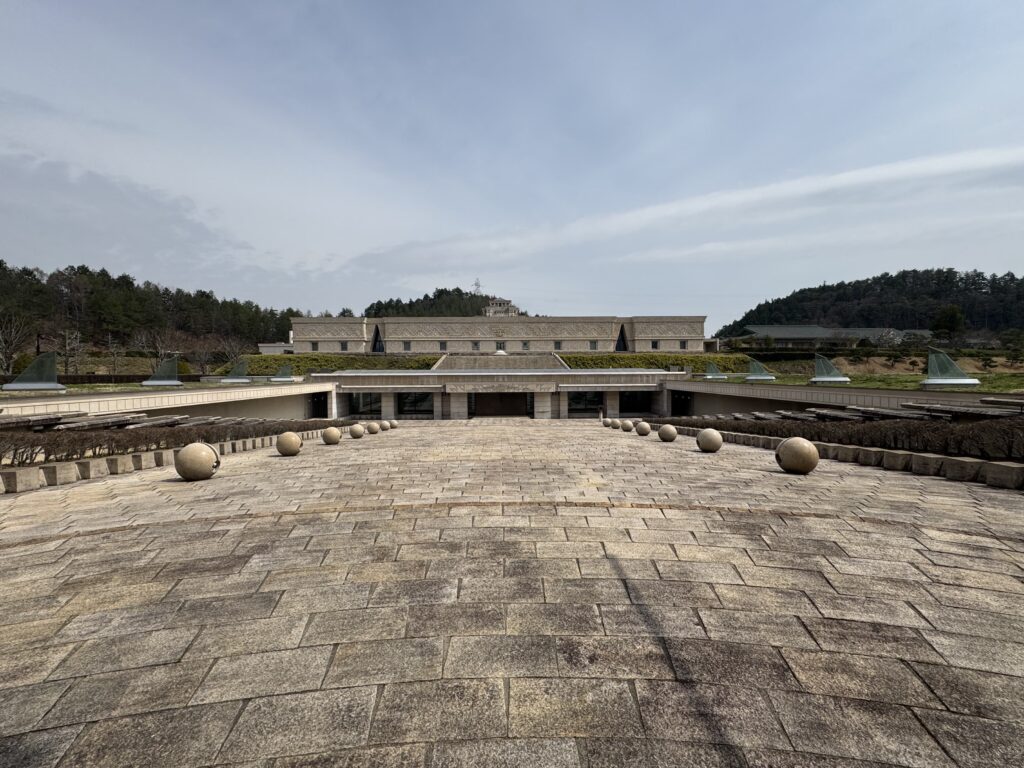
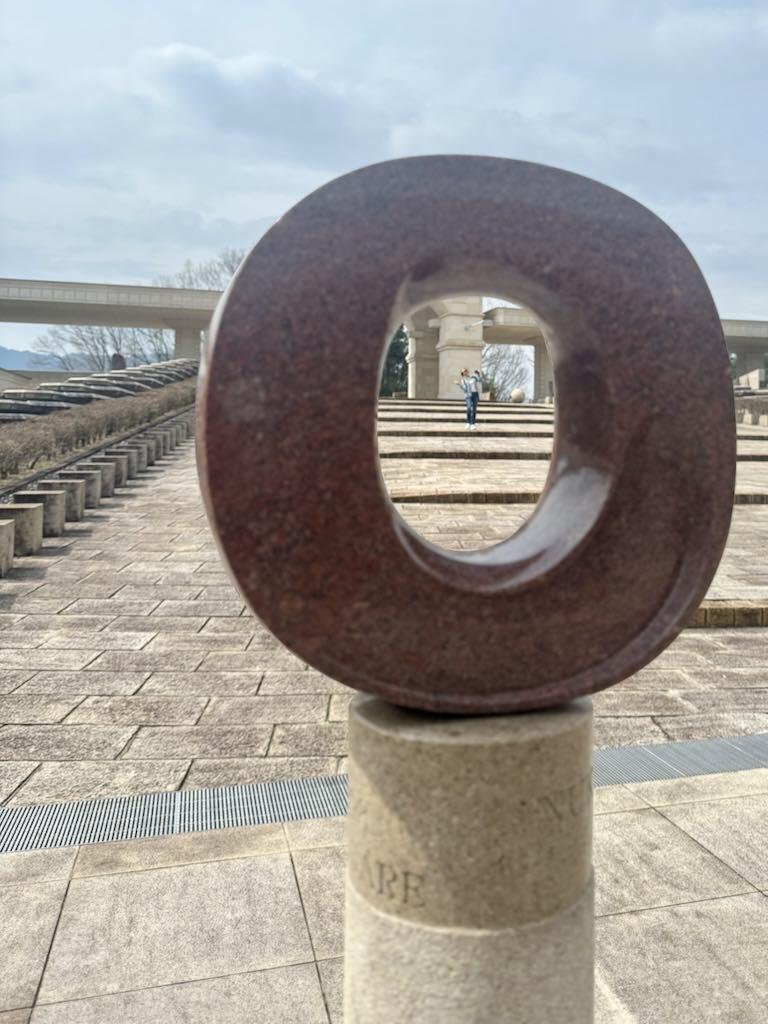
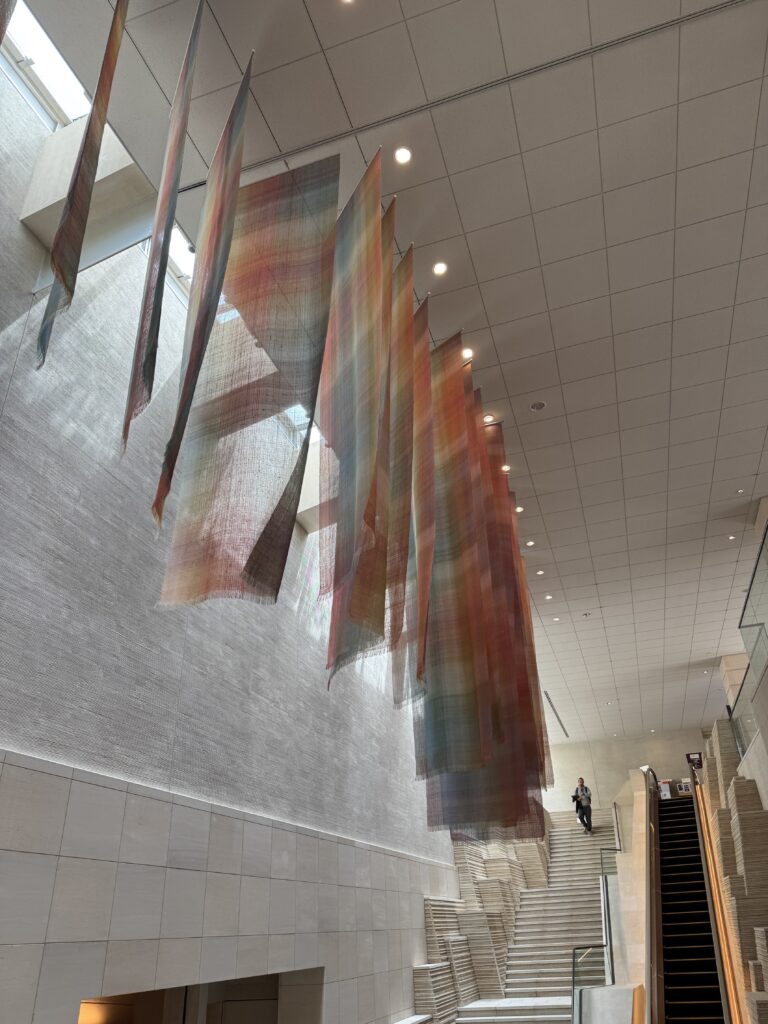
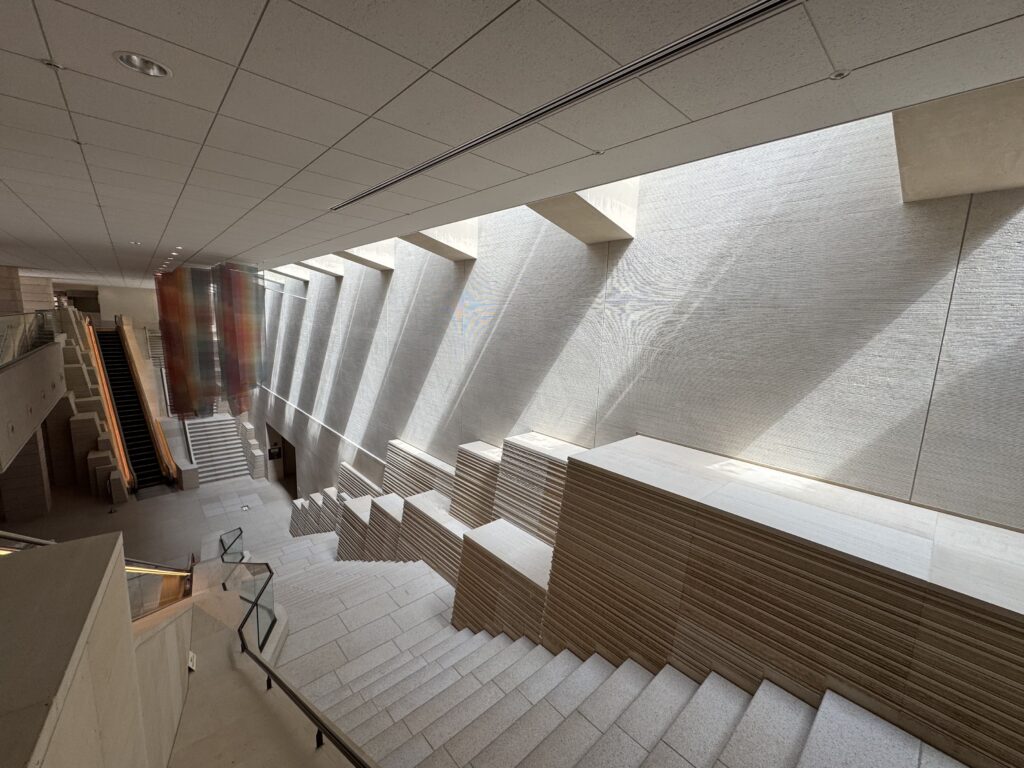
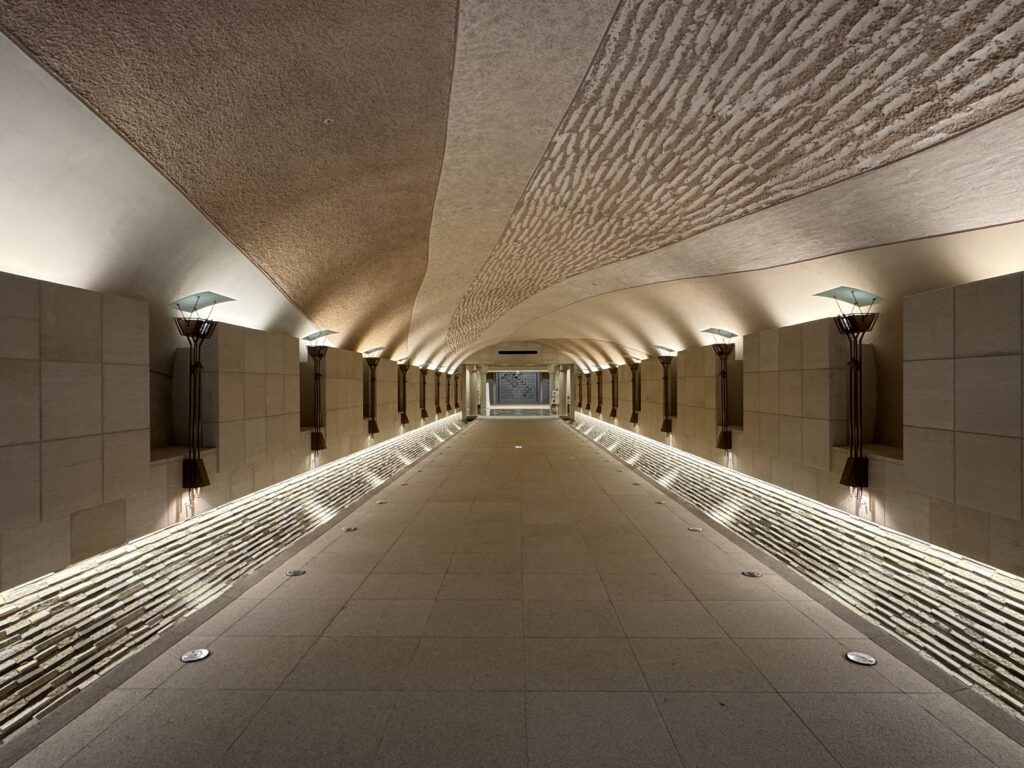
The museum is housed in a building that is reminiscent of a Mayan temple, and has a focus on fine arts, archaeology and local history. The main hall in the centre is beneath the Mayan temple, creating an enormous light-filled space with shallow tiered seating and the occasional piece dotted around. I’m not sure if it felt odd because it was empty, or if it would feel more strange when it’s full!
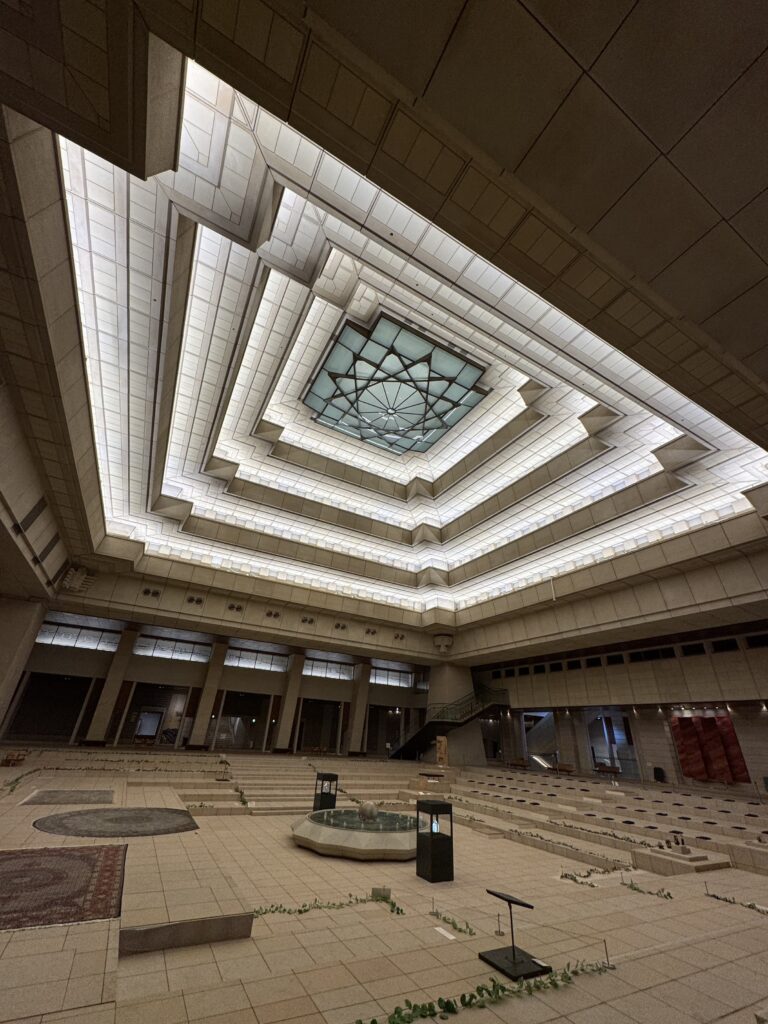
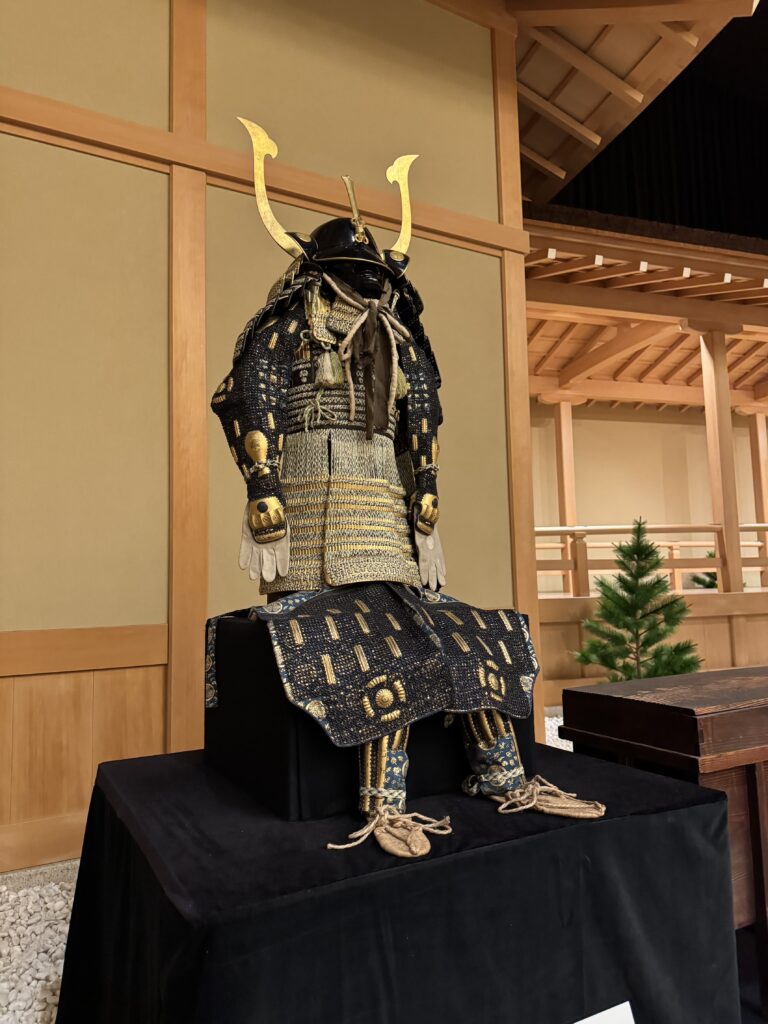
Above ground, it’s an enormous roof top structure. Absolutely fascinating approach to a museum/ gallery building!
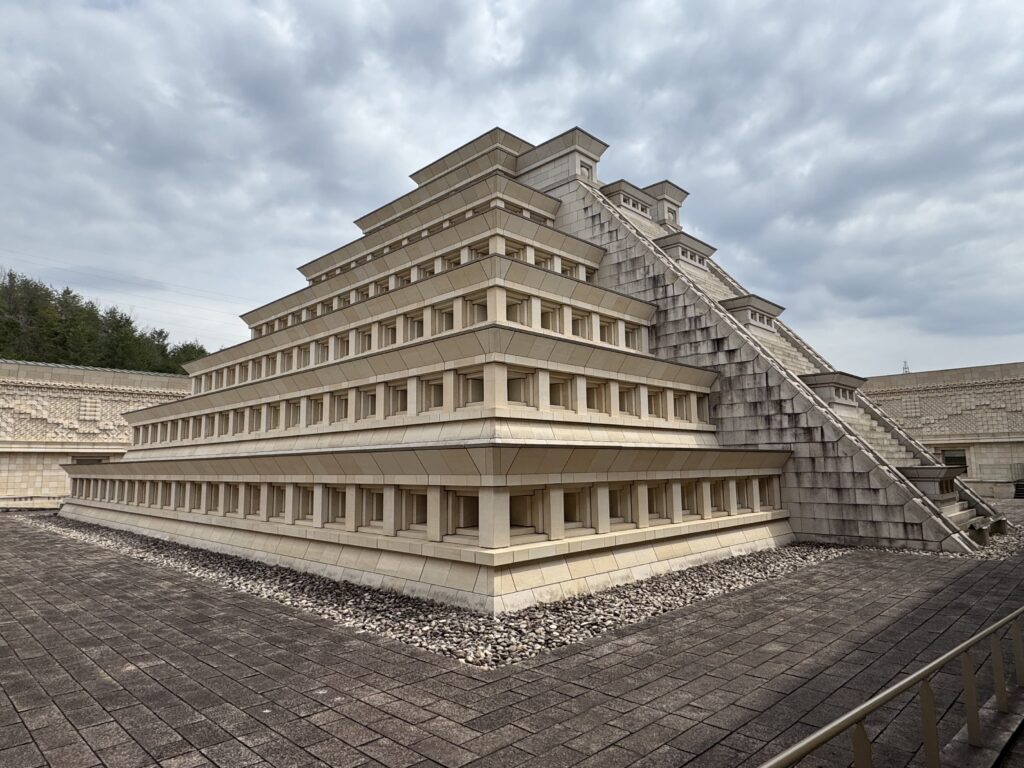
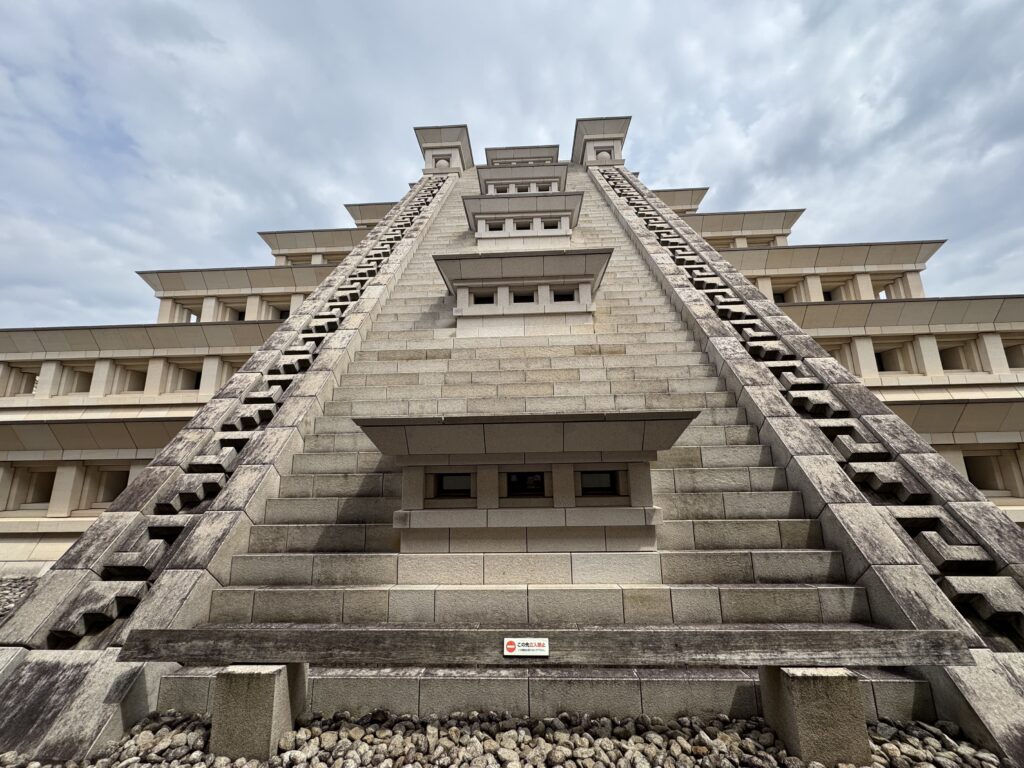
The Hokusai exhibition displayed his ‘Thirty-six Views of Mt Fuji’, a series of landscape prints depicting Mt Fuji from different perspectives, seasons and in different weather conditions. The works were produced in the 1830s at the height of his career – at the time he was in his 70s.
‘The Great Wave off Kanagawa’ is the most famous piece and appears on the 1000 yen note, although I suspect that many people have never noticed Mt Fuji in the centre. ‘Fine Wind, Clear Morning’ is also well known for the red Mt Fuji that is striking against the indigo background, and within the series.
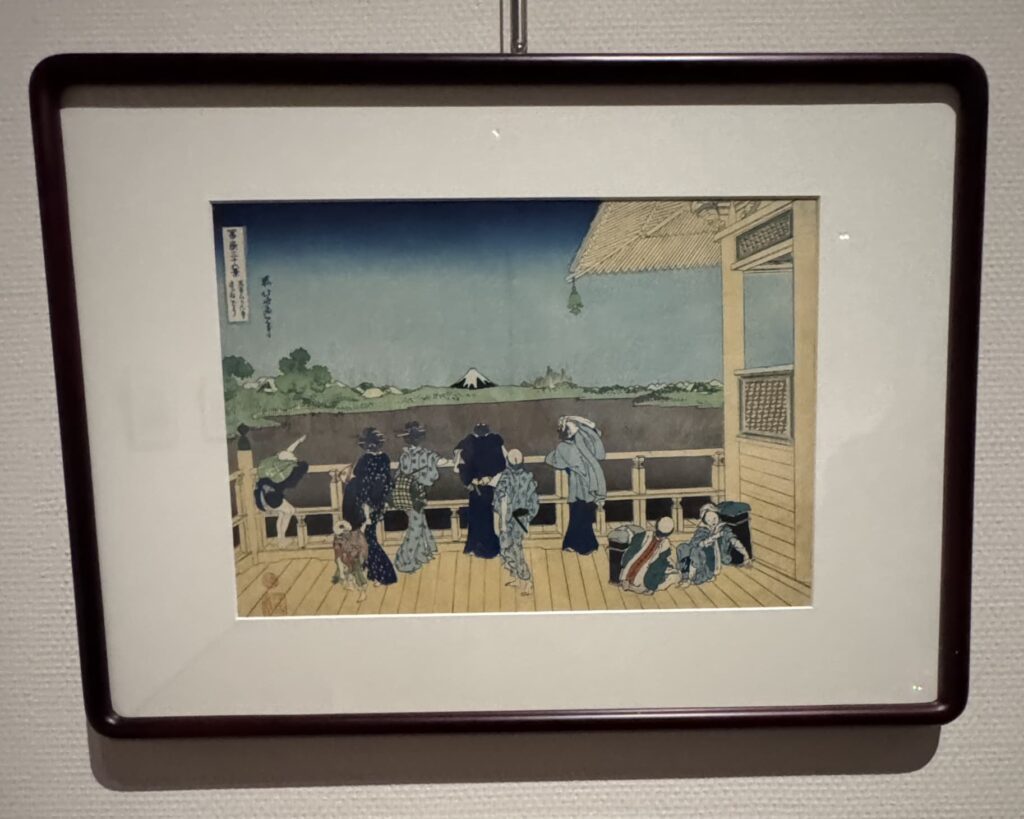
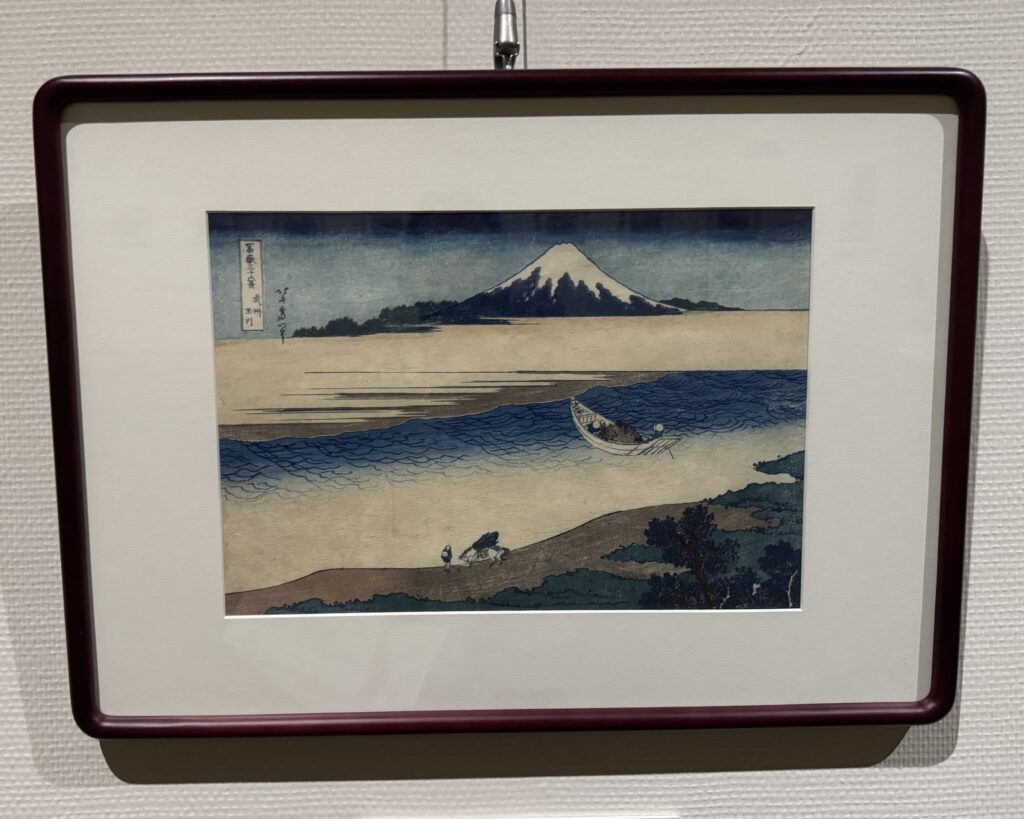
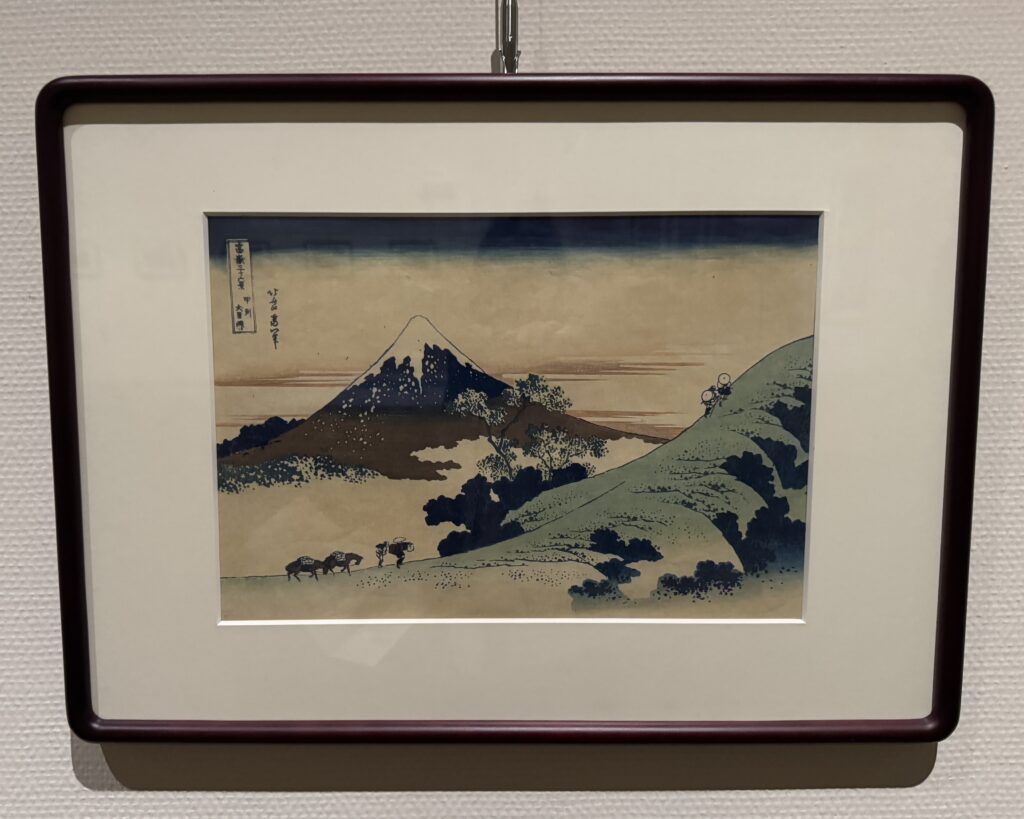
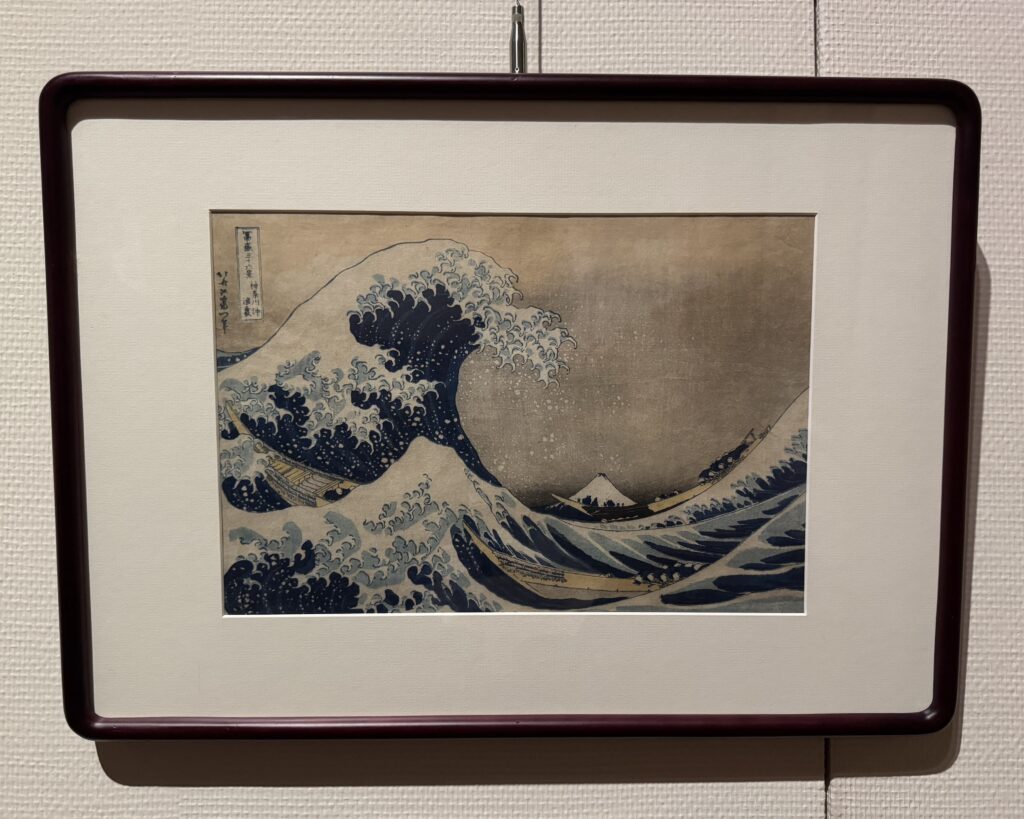
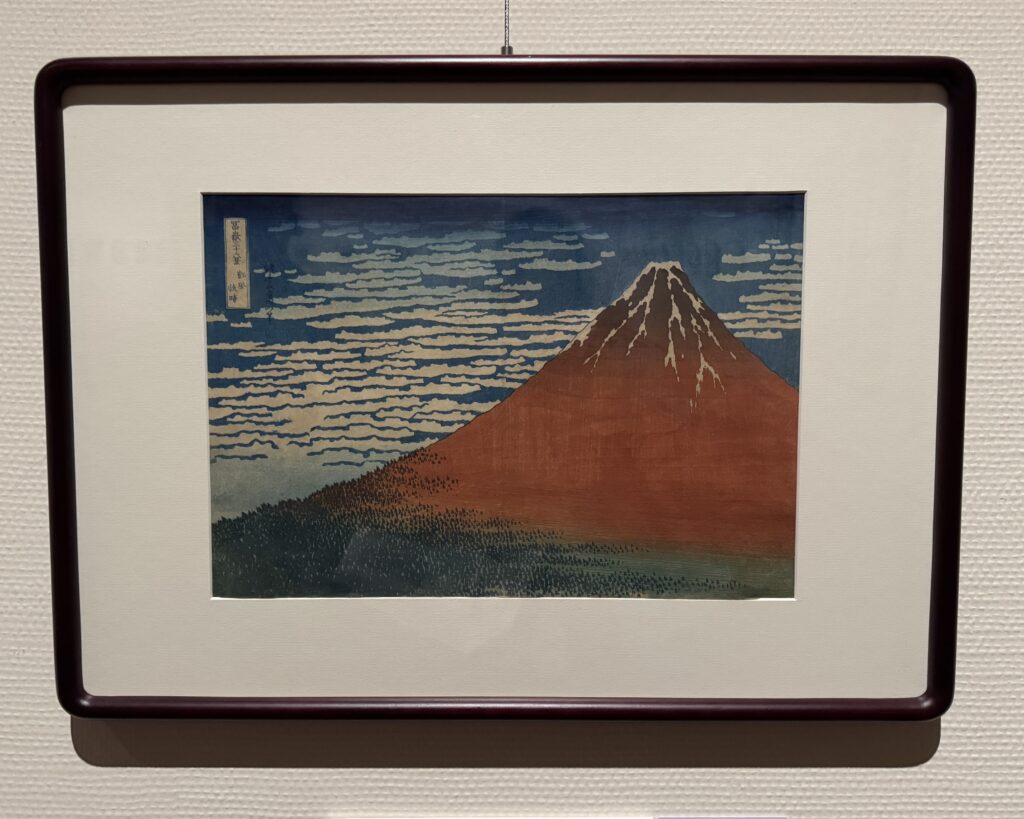
The original series was so popular that he completed an additional 10 prints. Interestingly, these were created with a black outline as opposed to the indigo of the first series. It’s a subtle difference that you can’t unsee. It was also intresting to observe how different subjects had entered images over time. Initially it was all landscape, then at times animals or people became more prominent. There’s only one in the series that doesn’t show Mt Fuji from a distance where Hokusai chose to depict a scene of two people on the mountain.
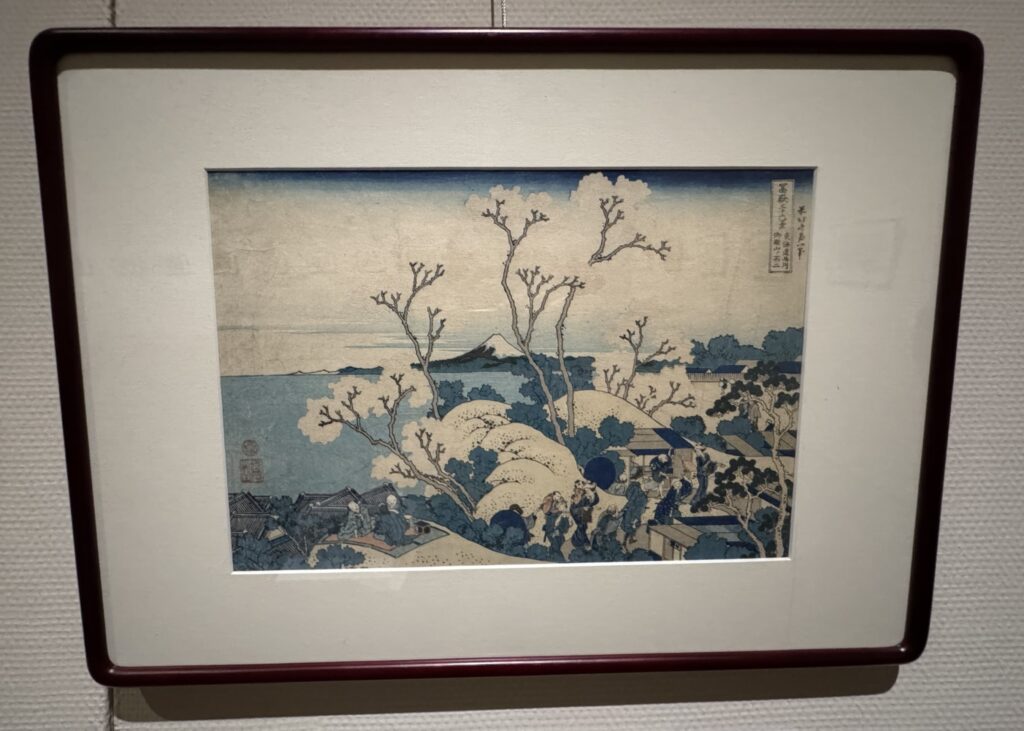
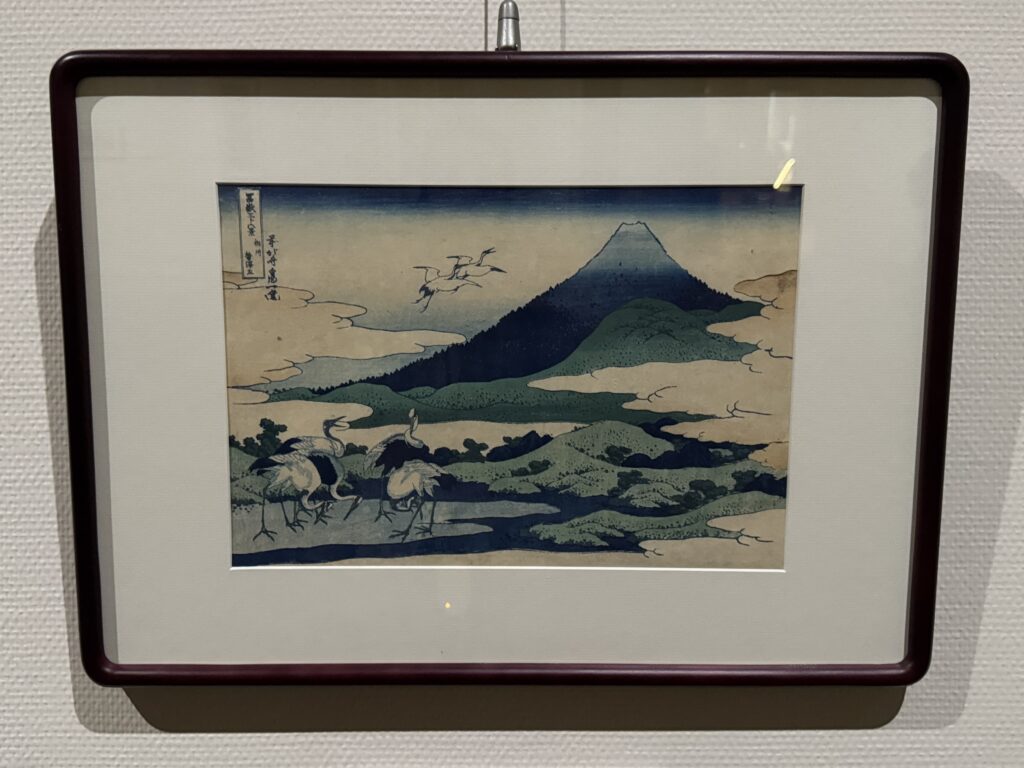
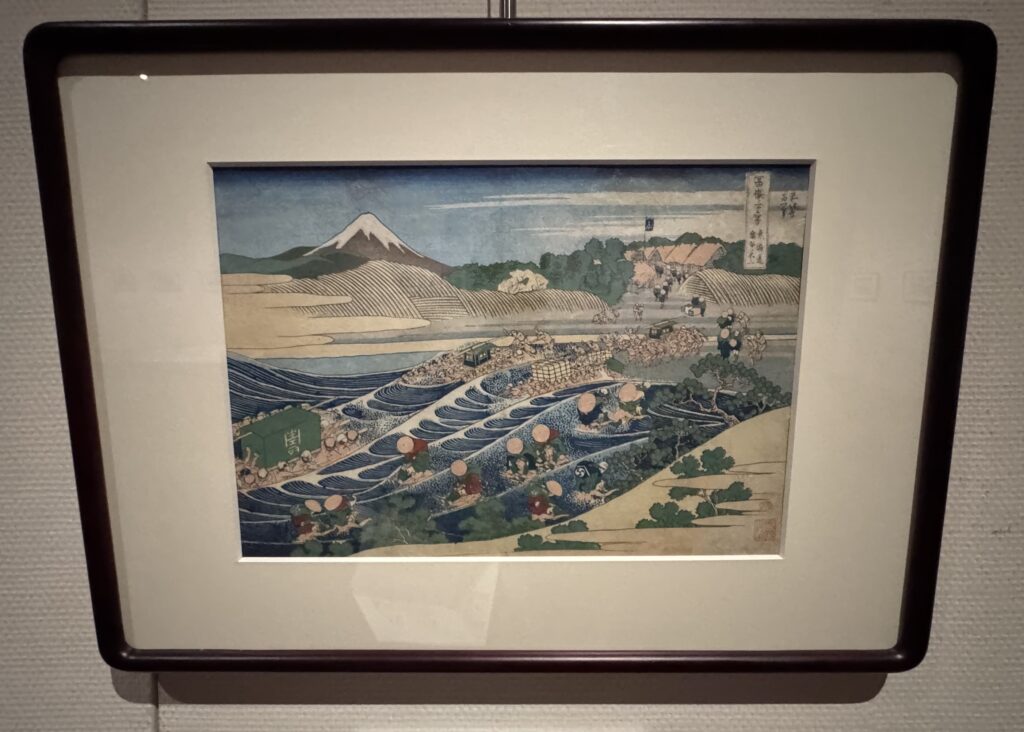
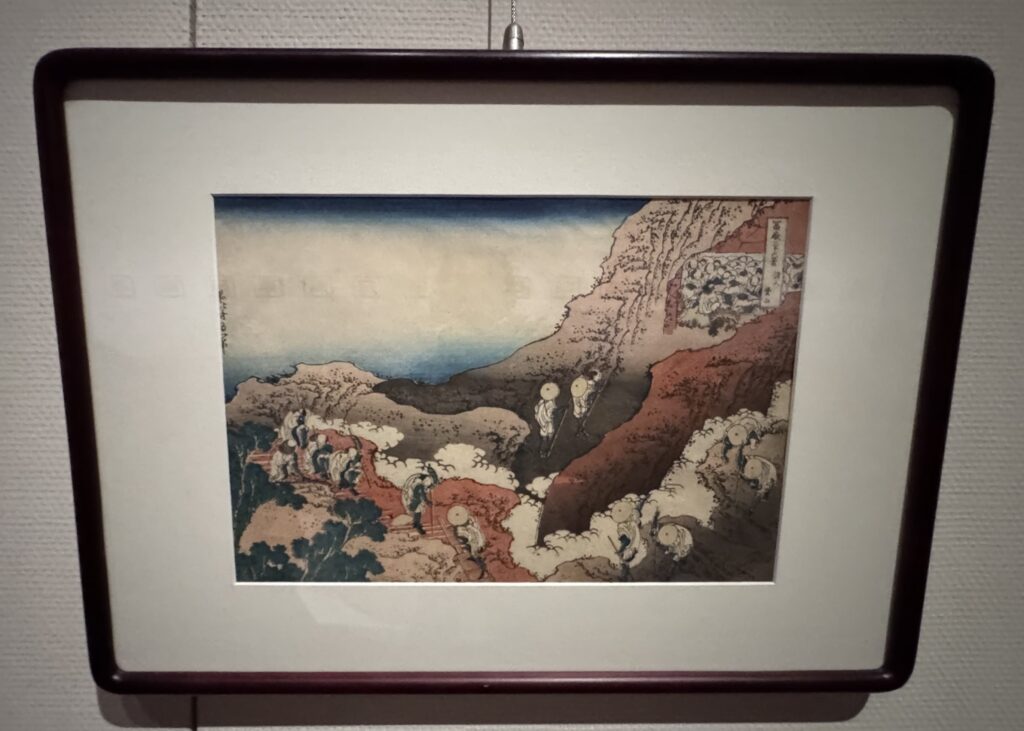
I’ve always been drawn to these works so seeing them as an entire set is a special opportunity. The time here made me realise they lie at the intersection of three things I enjoy most… perspective, connection with nature, and indigo!
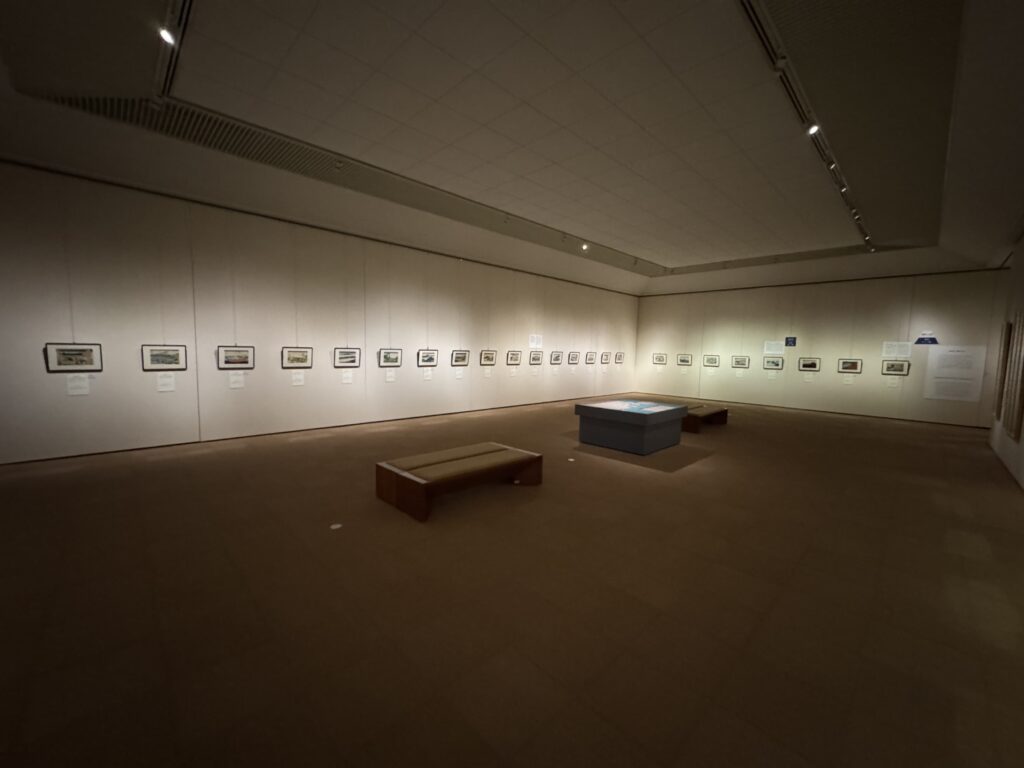
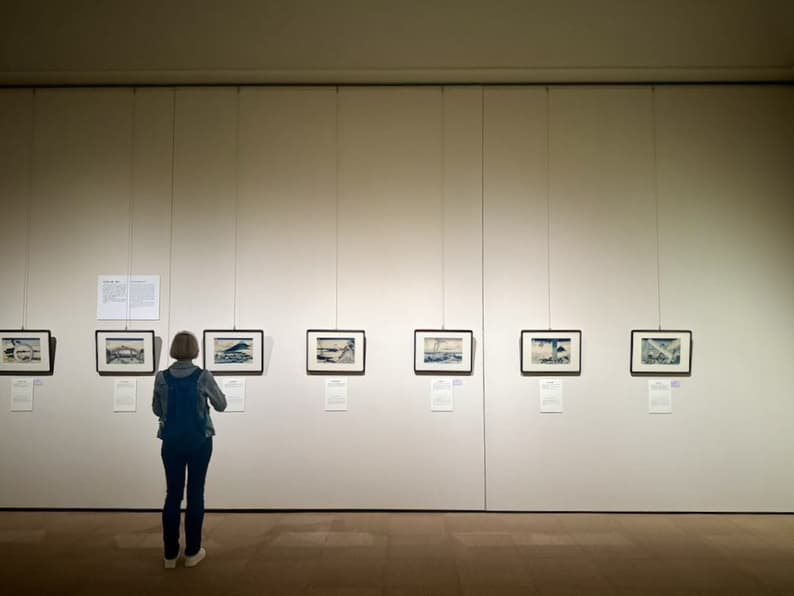
As we left Takayama we also farewelled ‘Sarubobo’, (Baby Monkey), the traditional good luck charm of the region. Apparently they protect from evil and provide luck with matchmaking, and are often given to expectant mothers. They’re very cute, and so Japanese!
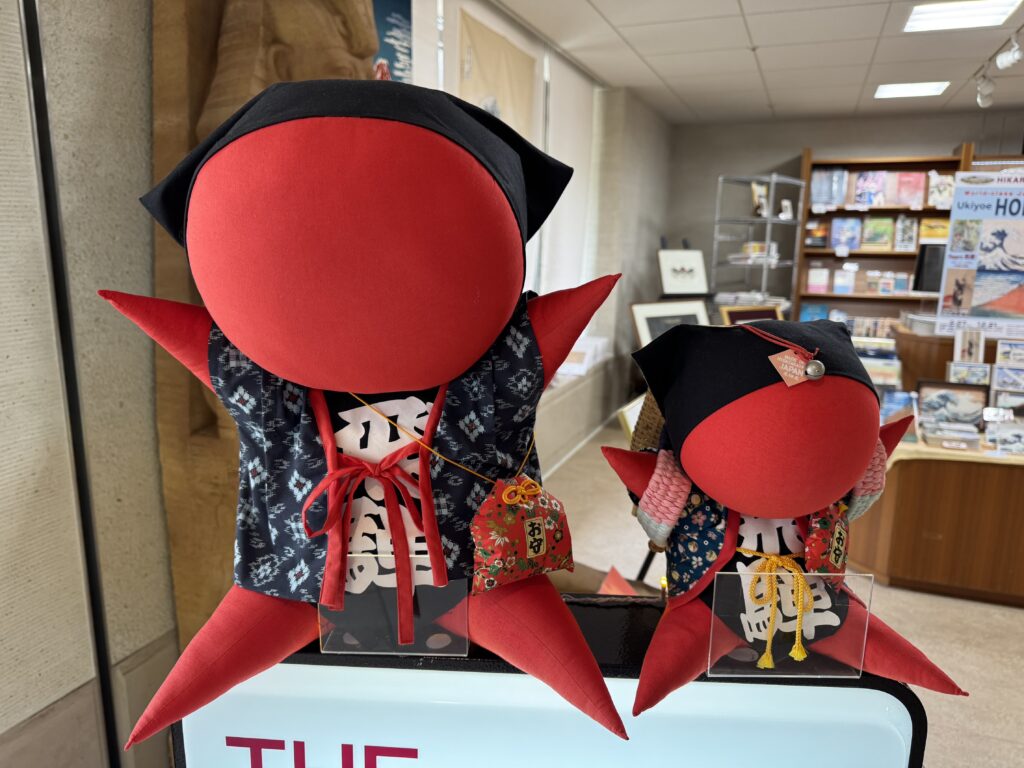
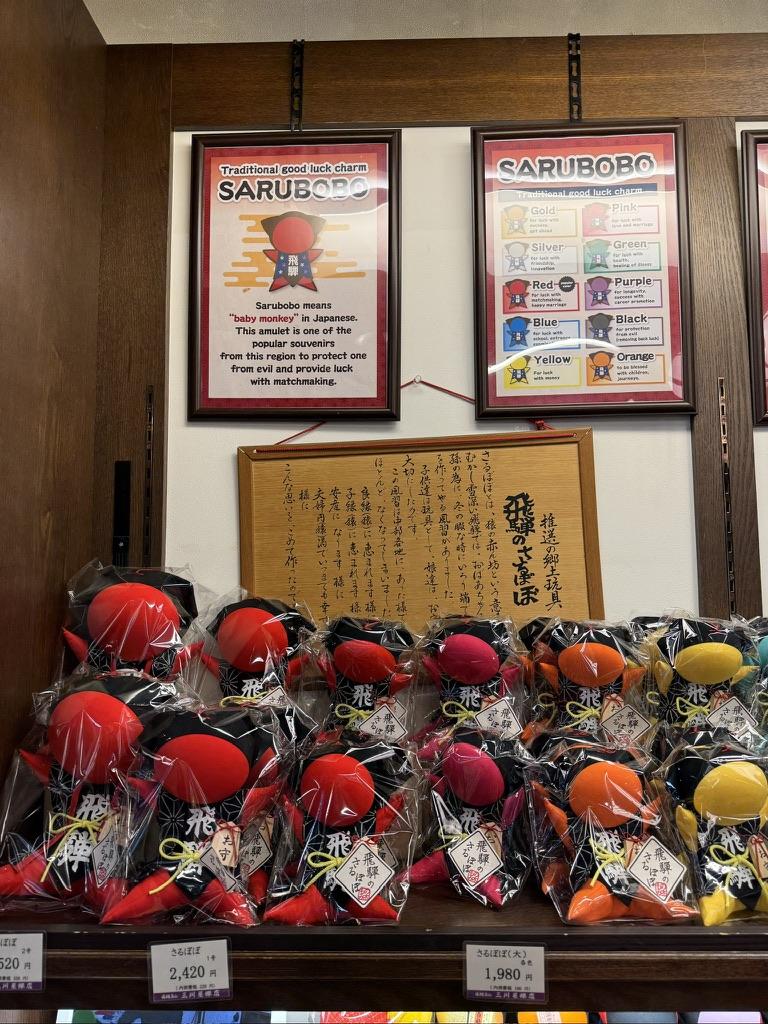
One thing that’s really struck me in Takayama is the size of the vehicles in this area – they are all tiny! Cars, buses, fire engines, police cars, delivery vans… they’re all designed to fit in spaces that we would normally reserve for motorbikes, and I’m sure the fire station in Shirokawa-ga would have fit in our garage. It clearly reduces the requirement for big garages and parking lots, and it feels a bit like living in Legoland. I’m a big fan of the Suzuki Hustler 🙂
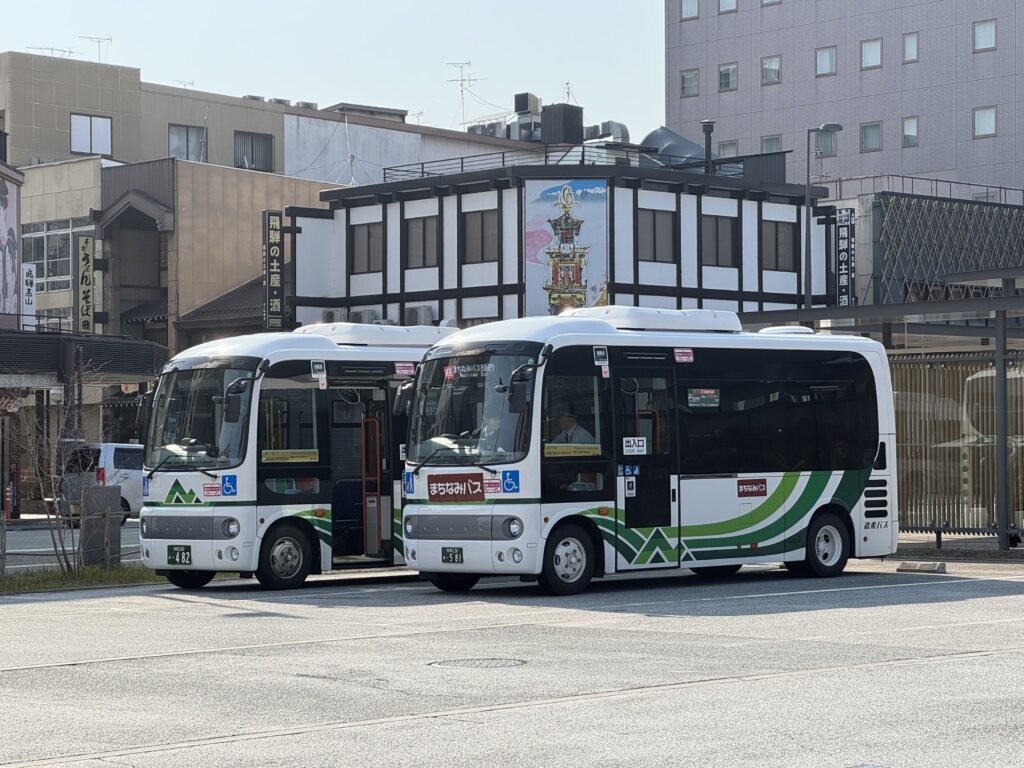
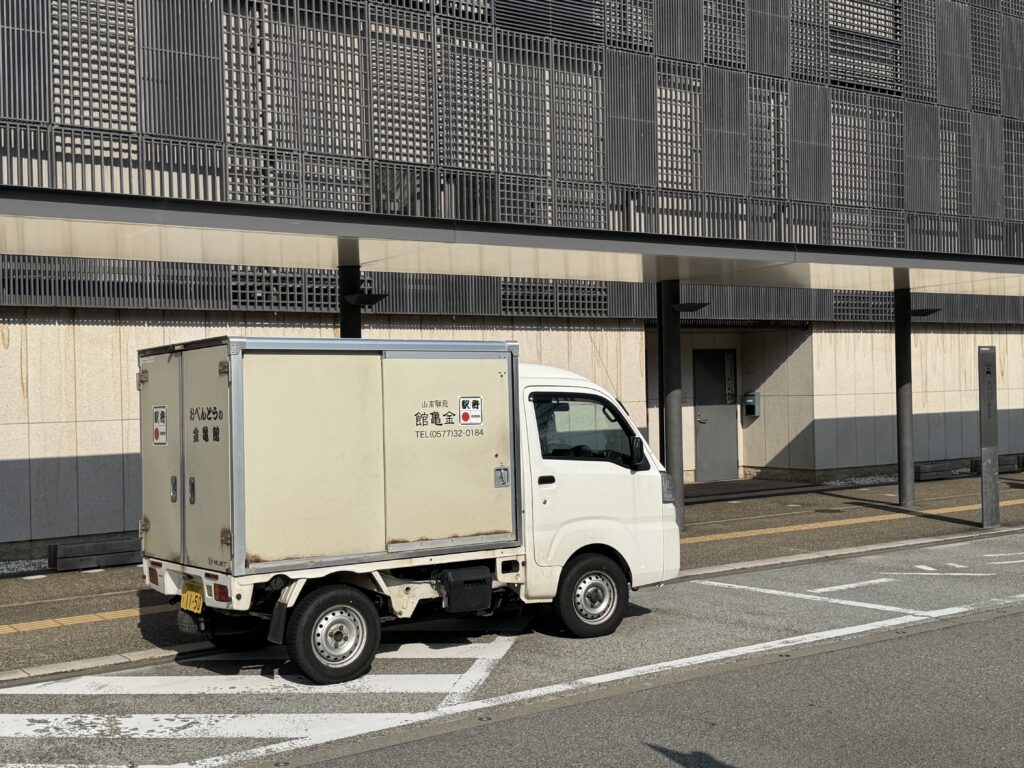
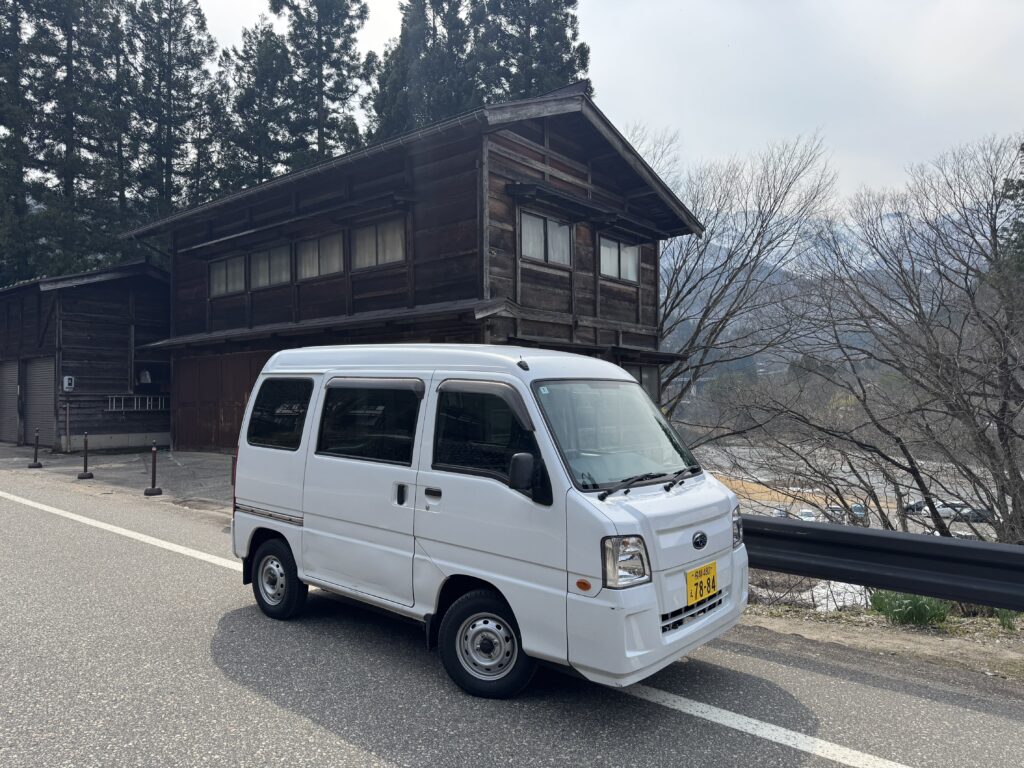
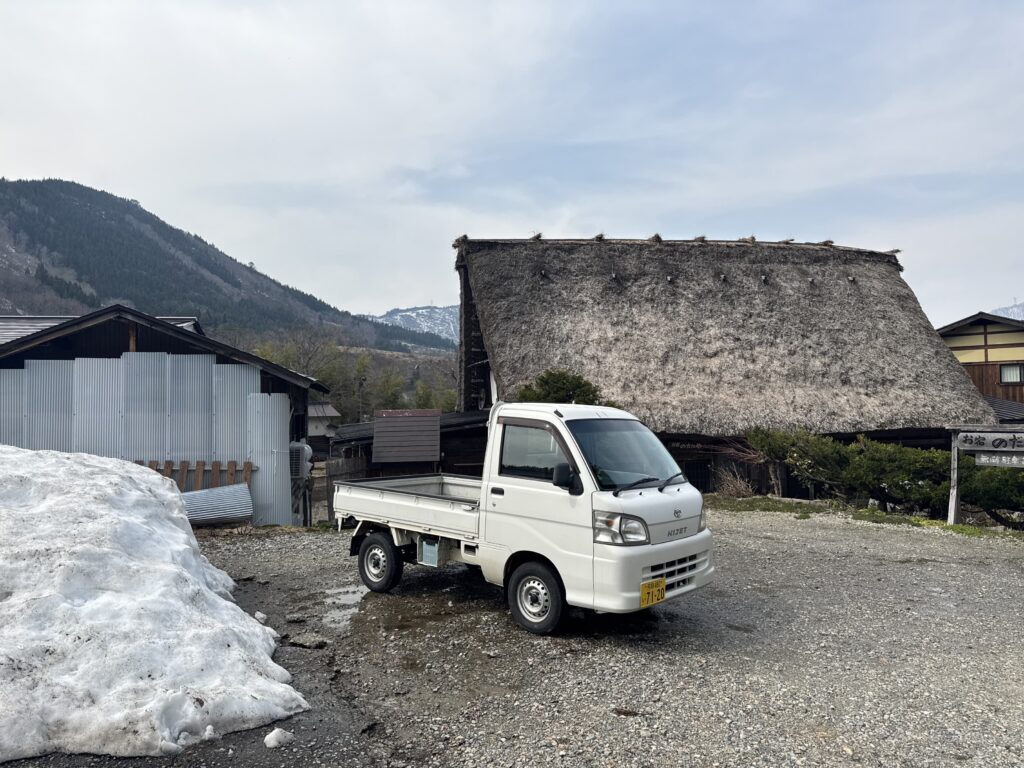
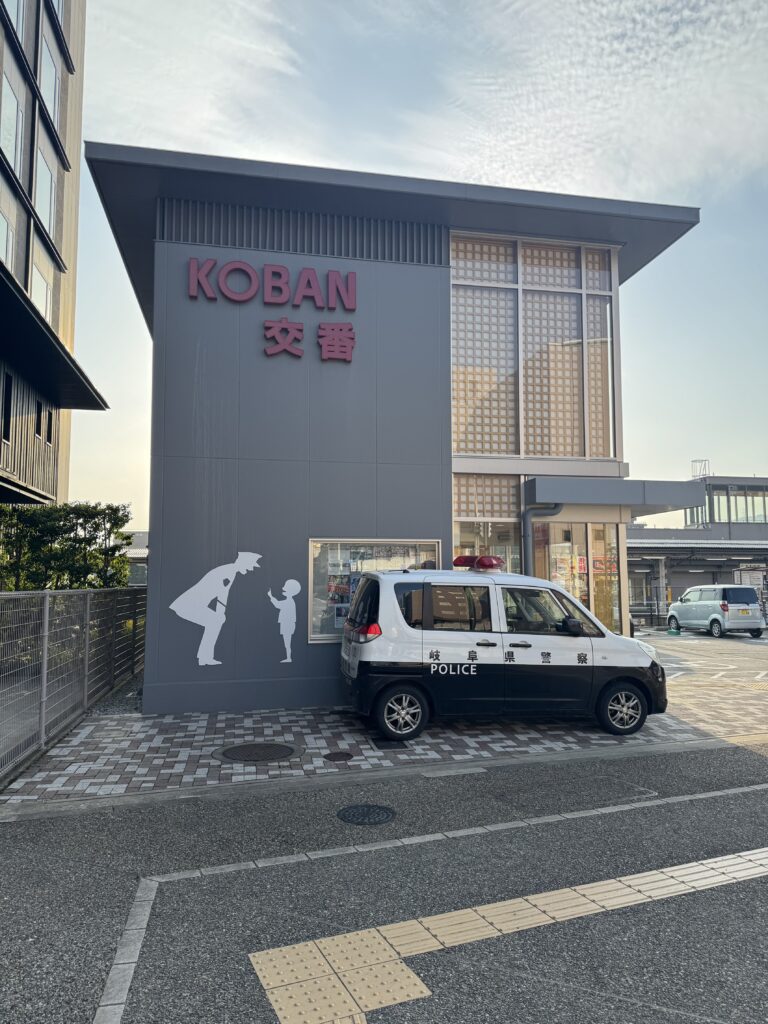
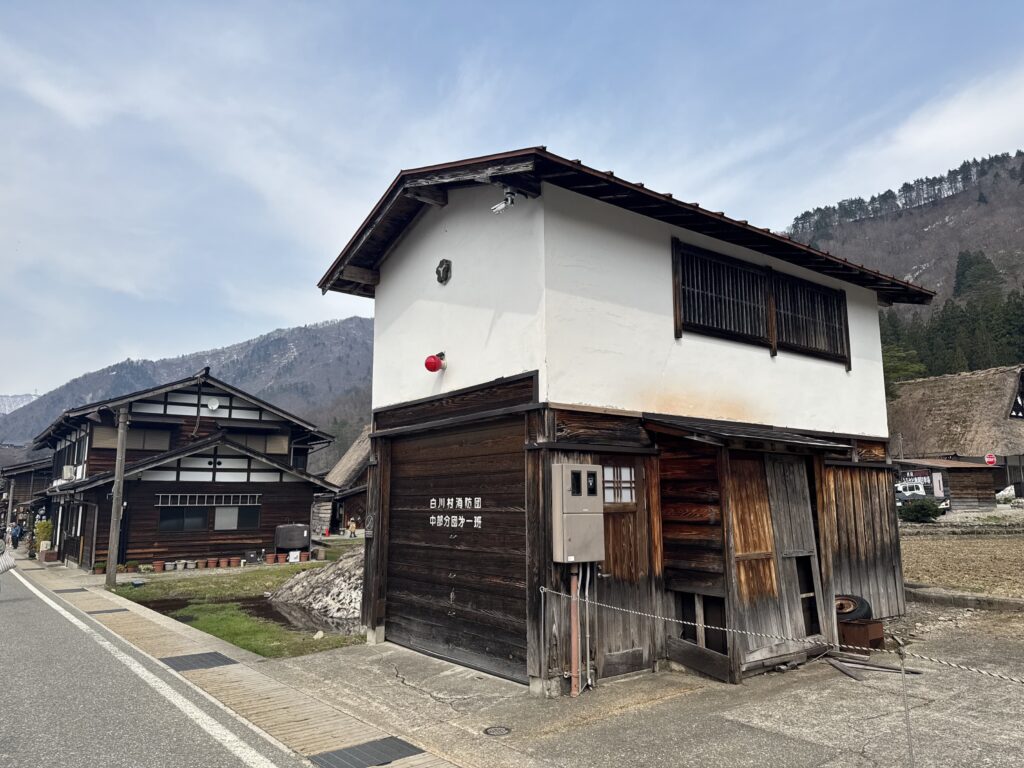
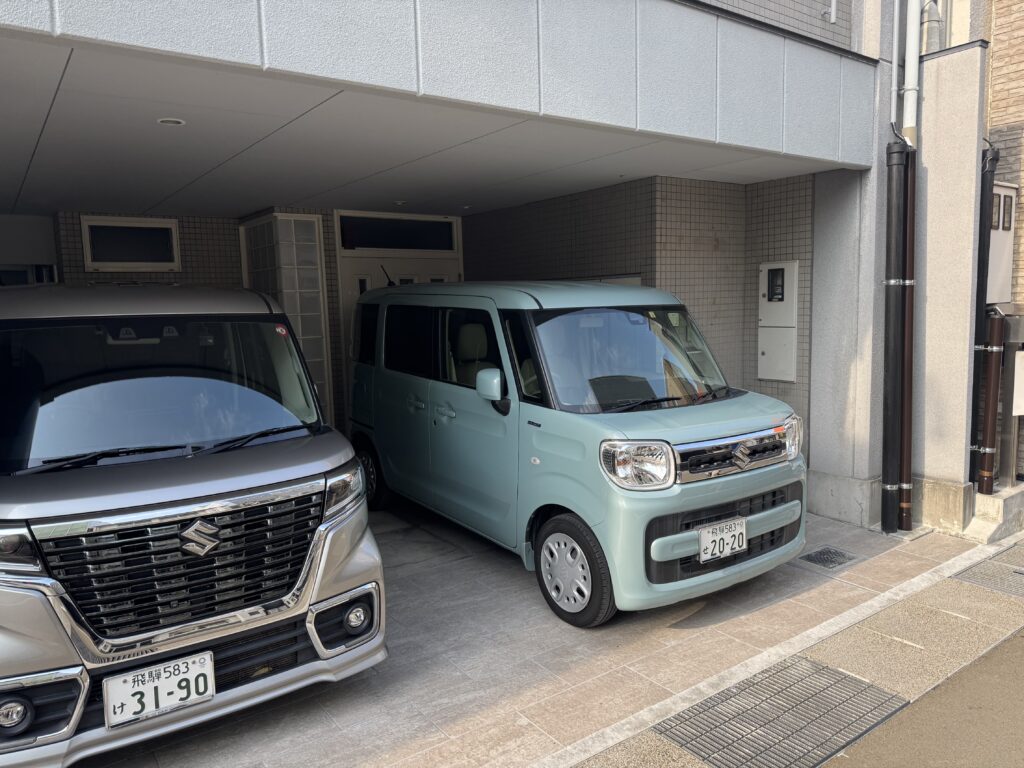
We’ve also picked up some quirky and blunt signs through Kyoto and Takayama. You don’t have to speak Japanese to know what’s going on around here!
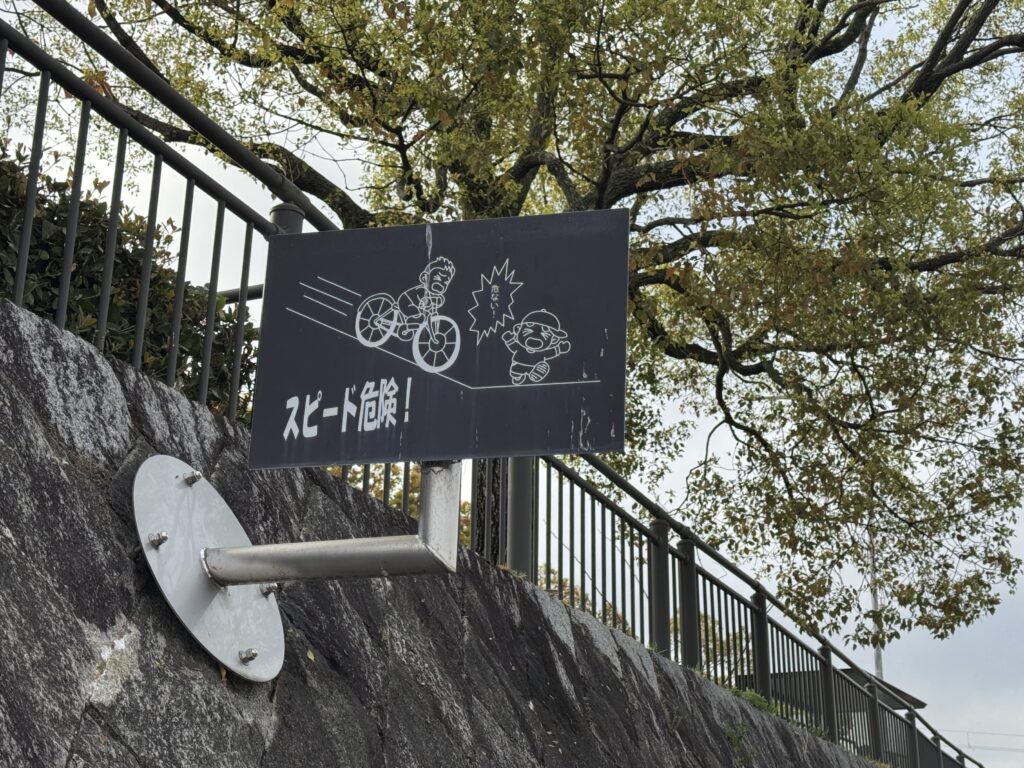
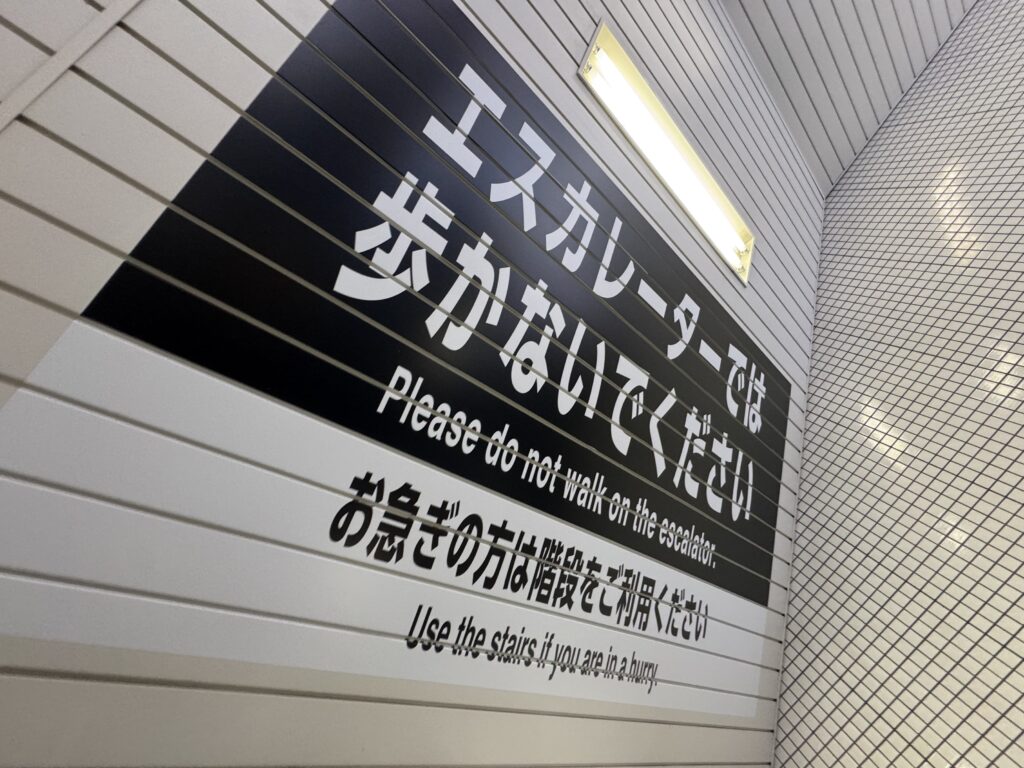
Love M & A xx
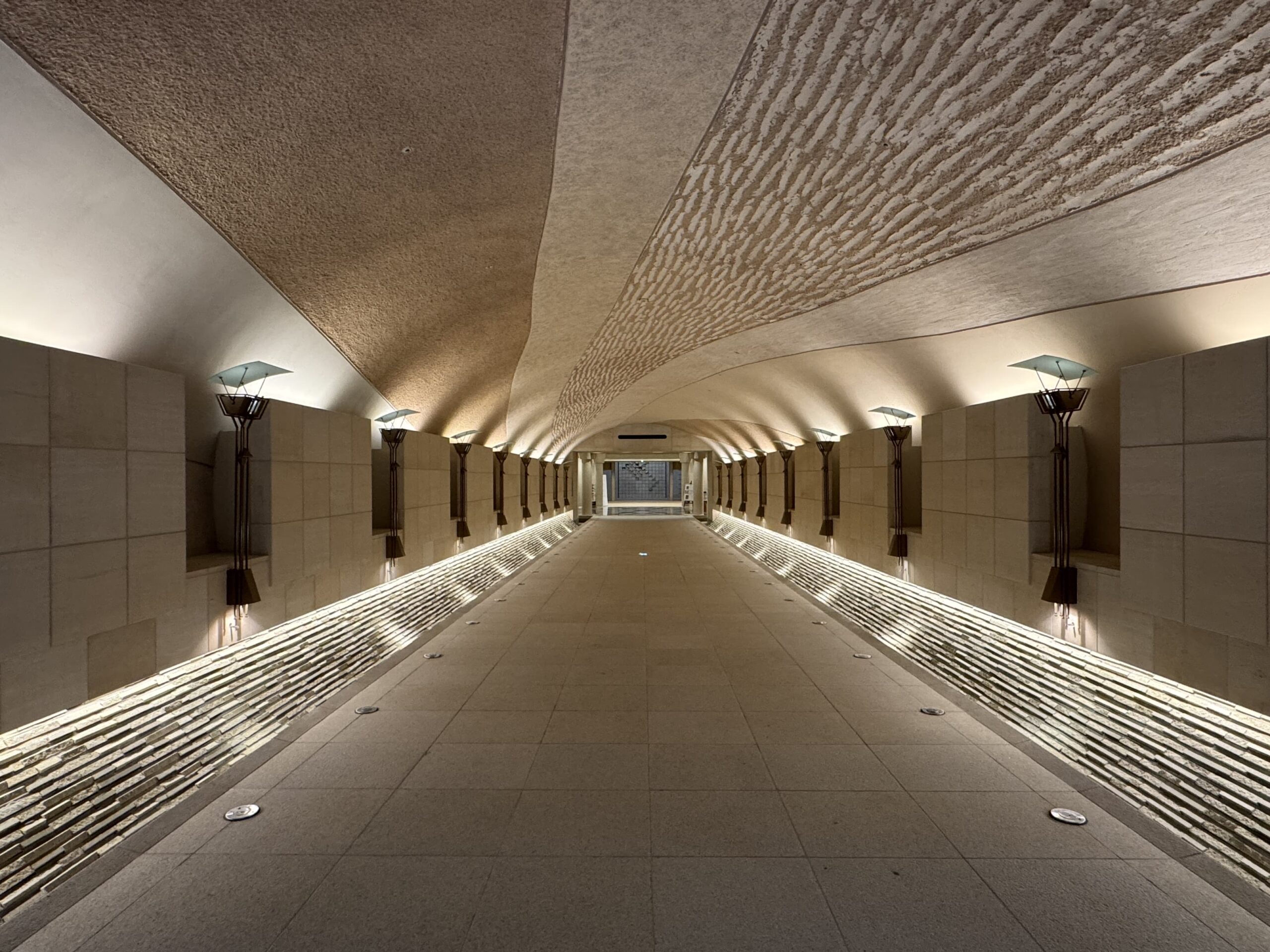
Comments are closed